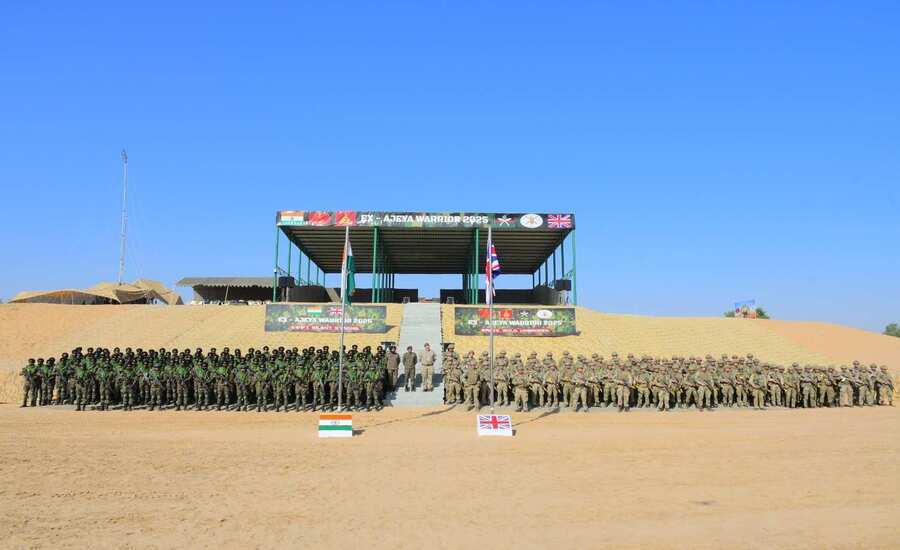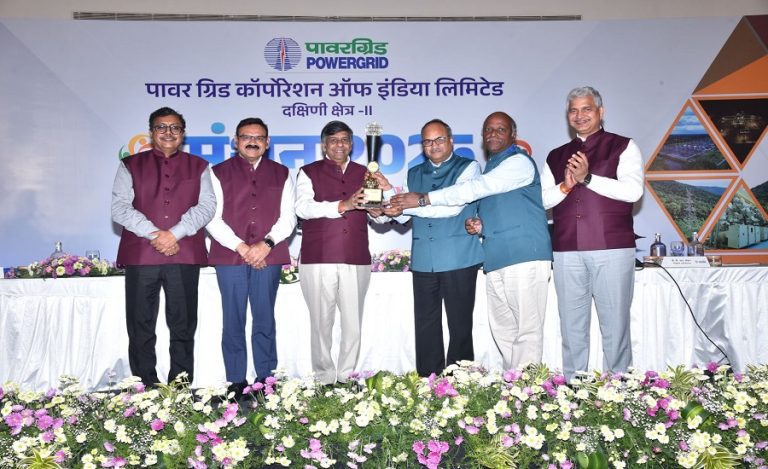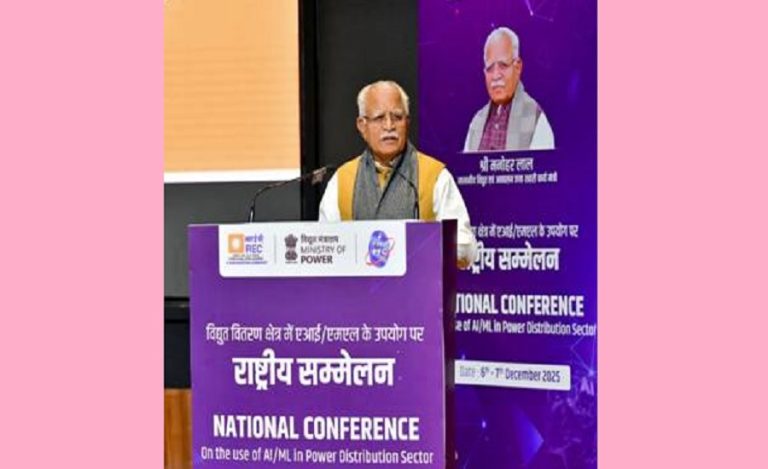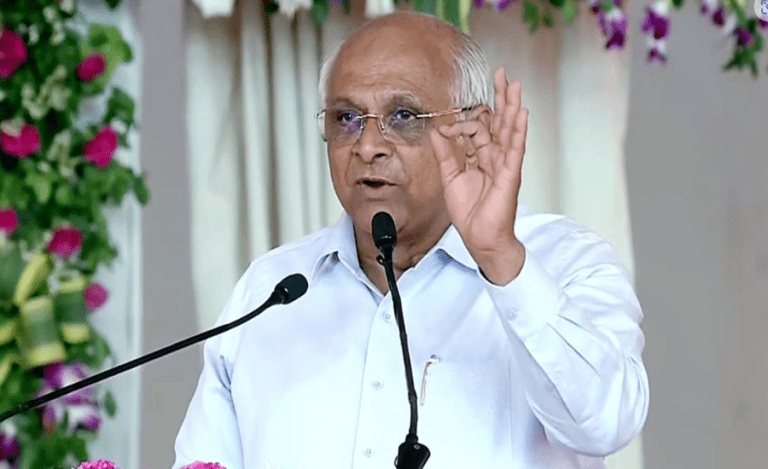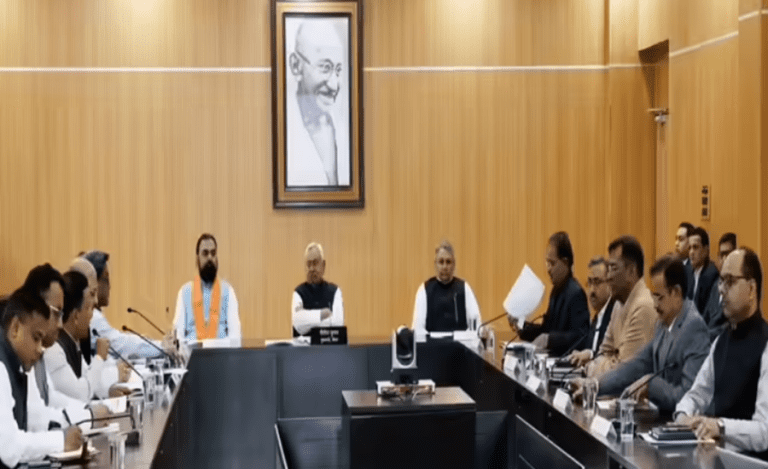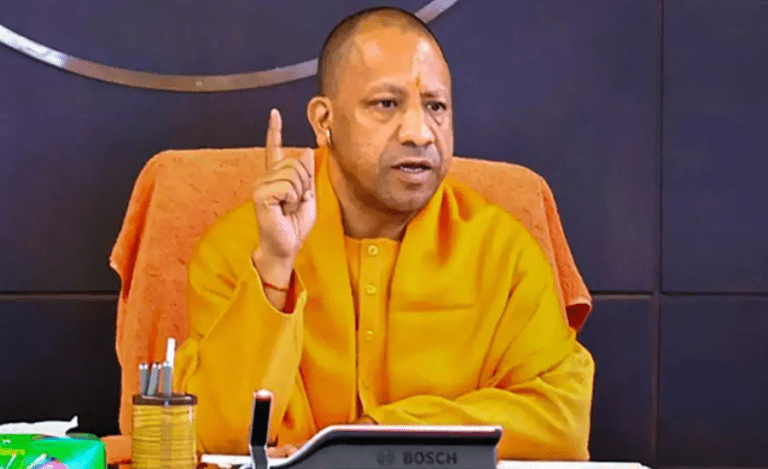Jaipur: The eightth edition of the biennial bilateral military training exercise AJEYA WARRIOR‑25 commenced on 17 November 2025 at the Mahajan Field Firing Ranges (MFFR) in Rajasthan and will run through to 30 November. Attended by 240 personnel — equally drawn from the Indian Army and the British Army — the exercise highlights the shared commitment of both nations to regional stability and global security.
Background of AJEYA WARRIOR-25
First initiated in 2011 and held every two years, AJEYA WARRIOR has grown into a flagship engagement between India and the UK.
The training alternates between locations in India and the United Kingdom, providing a platform for troops to learn, adapt and build mutual trust in joint operations.
The 2025 iteration takes place amidst an evolving security landscape that emphasises irregular warfare, semi-urban threats and UN peacekeeping contingencies.
About the AJEYA WARRIOR-25 Exercise
Location & schedule: The 14-day exercise is stationed at MFFR in Rajasthan from 17 to 30 November.
Participants: 240 troops (120 from India, 120 from UK) with the Indian contingent represented by troops of the Sikh Regiment.
Mandate & focus: Conducted under a United Nations-mandated framework (Chapter VII) the exercise emphasises counter-terrorism operations in semi-urban terrain.
Training modules: Joint mission planning at brigade level, integrated tactical drills, simulation-based scenarios and company-level field exercises replicating real-life contingencies.
Key Importance & Strategic Implications of AJEYA WARRIOR-25
This exercise carries multiple layers of significance:
Enhanced Interoperability: By training together, Indian and UK troops sharpen their ability to operate seamlessly — exchanging best practices, integrating command structures and aligning standard operating procedures (SOPs). This builds operational synergy for complex missions.
Counter-Terror Capability in Semi-Urban Terrain: Modern conflict increasingly occurs in urban or semi-urban contexts where adversaries blend with civilian populations. The focus on such environments equips forces to respond to evolving threats realistically and effectively.
Defence Diplomacy & Bilateral Relations: AJEYA WARRIOR underscores the broader India-UK strategic partnership. It strengthens military-to-military ties, conveys shared values of professionalism and signals commitment to regional and global peace.
Peacekeeping & UN Mandate Fulfilment: With training under UN Chapter VII, both armies reinforce their readiness for international peace enforcement. The exercise thereby supports India’s and UK’s roles in the global peace architecture.
Key Challenges & Operational Considerations
Despite the strategic advantage, such joint drills face several challenges:
- Semi-urban operations demand adaptation to complex terrain, civilian presence and limited visibility, which call for high-level coordination.
- Indian and UK formations may employ distinct tactical doctrines, communications protocols and equipment, requiring real-time harmonisation.
- Deploying and sustaining 240 personnel, rehearsal areas, simulation tools, and field training infrastructure demands robust logistical planning.
- As operations incorporate modern systems (e.g., unmanned aerial systems, drone surveillance), ensuring interoperability between Indian and UK tech systems becomes critical.
- Lessons learnt must transition into SOPs back home — training value is maximised only if follow-through occurs.
Way Forward
To maximise impact of AJEYA WARRIOR-25 and similar engagements, the following moves are recommended:
Post-exercise Evaluation: A detailed after-action review should identify areas of success and shortfall — integrating insights into both armies’ operational planning.
Technology & Doctrine Synchronisation: Both nations must continue aligning doctrine, communications protocols and emerging technologies for joint operations.
Expand Cross-Domain Training: Future iterations could include tri-service or multi-domain elements (air, maritime, cyber) to reflect integrated battlefield realities.
Broaden Regional Partnerships: While India-UK bilateral ties strengthen, inclusion of other friendly nations or observer status may enhance multilateral interoperability in the Indo-Pacific region.
Public Communication & Transparency: Highlighting the exercise’s role in national security, regional stability and international cooperation builds public awareness and supports defence diplomacy narratives.

